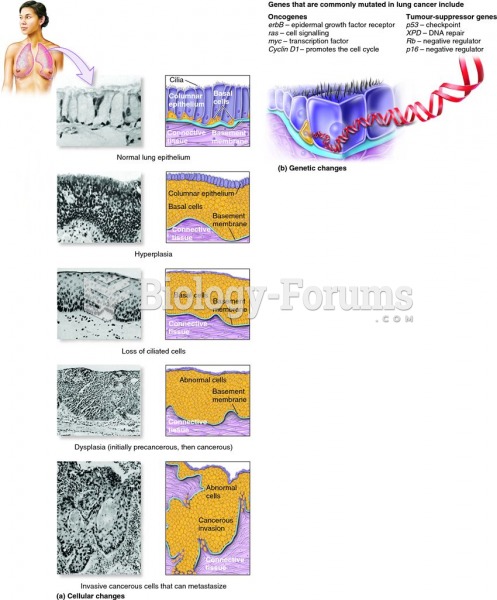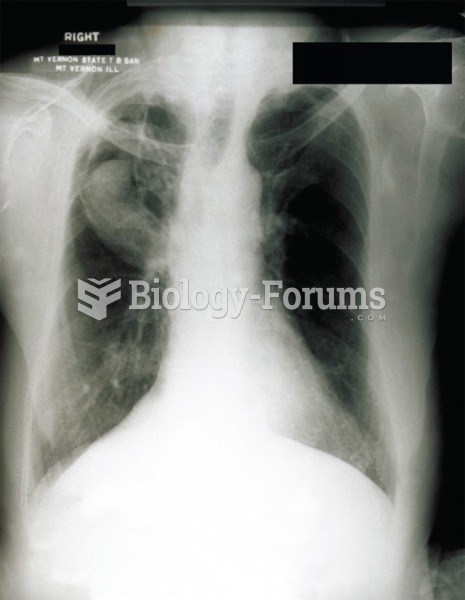Answer to Question 1
ANS: B
A. Incorrect response: See explanation B.
B. Correct response: Right and left ventricular ejection are affected by changes in the pleural pressure or by changes in the lung volume during ventilation. For the right ventricle, increased lung volume increases afterload. Right ventricular afterload increases because the pulmonary vascular resistance increases. The increased right ventricular afterload increases also because during lung inflation the right ventricle must pump blood through alveolar vessels (pulmonary capillaries), which are compressed by alveolar pressure.
C. Incorrect response: See explanation B.
D. Incorrect response: See explanation B.
Answer to Question 2
ANS: C
A. Incorrect response: Intrinsic PEEP does not improve lung compliance.
B. Incorrect response: PEEP does decrease the preload and left ventricular afterload. However, these hemodynamic influences do not account for the protection against applied PEEP afforded by intrinsic PEEP.
C. Correct response: Somewhat paradoxically, patients with intrinsic PEEP may be protected from the negative hemodynamic effects of applied PEEP. Patients whose obstructive lung disease is sufficiently severe to necessitate intubation are often flow-limited during their passive exhalation. A characteristic of flow-limited systems is that pressure downstream from the site of flow limitation does not affect flow. Application of low levels of PEEP has been shown neither to retard expiratory flow, to cause further hyperinflation, nor to decrease cardiac output in mechanically ventilated patients with intrinsic PEEP from obstructive lung disease. Higher levels of PEEP exceeding the closing pressures of the flow-limited airways will cause further hyperinflation and hypotension.
D. Incorrect response: Low levels of PEEP do not affect airway resistance.







